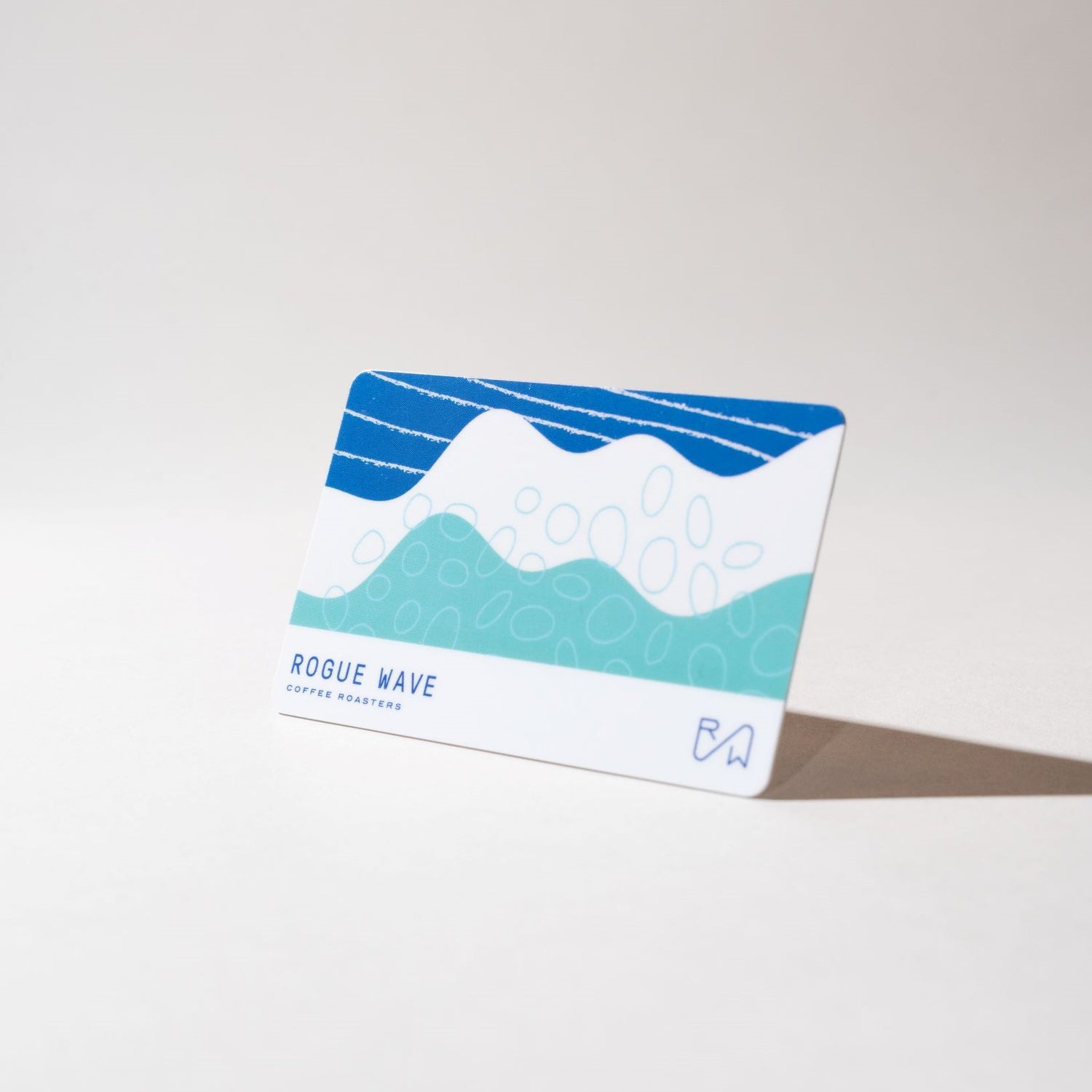When it comes to troubleshooting your coffee, there are two problems that we hear about on a regular basis, the first: a weak and sour cup of coffee, and the second: a bitter and unpleasant cup of coffee.
We’re going to discover how to fix both of these problems, but first, let’s talk about what a cup of coffee really is! At its essence, coffee is hot water with some solids and oils from the coffee bean you just ground (you did grind it fresh, right?) mixed together. If there are too few parts of the coffee bean mixed into the water, that’s when you’ll get something that tastes weak and sour; inversely, when you have too much of the coffee bean’s solids and oils mixed with the water, your cup is going to taste overly strong and bitter. Simple, right?
To make things a bit more complex, not every coffee bean has the same solubility rate, and this is where the need for troubleshooting comes in.
Compared to its lighter roast counterpart, dark roast coffee beans are oilier and will crumble between your fingers when pressed. This is due to a less intact cell structure which causes it to have a higher solubility than a light roast. Because of this, it’s much easier to over-extract a dark roast coffee, which means brewing a dark roast and a light roast coffee the same way will not garner the same results.
Think of our basic pour over or Aeropress recipes as the starting point, and from there with the concepts we’re going to outline below, you’ll learn how to troubleshoot your coffee from the get-go, regardless of the coffee’s roast profile.
How to fix a weak and sour cup of coffee
If your coffee tastes weak and sour, first thing you’re going to do is go finer on the grind. When the coffee bean is broken up into more parts, there’s more surface area for the water passing through the coffee to draw from. The water will also flow slower with a finer grind, think of it as water flowing through sand versus boulders, and with more contact time between the water and coffee grinds, you’ll get high extraction.
The second thing you can do is increase your water temperature, as hotter water will break down the ground coffee faster which will also increase the extraction rate.
And lastly, increase agitation. When you agitate your coffee, more coffee grounds are swirled around and contact the hot water which allows for more extraction. You can increase agitation by pouring more aggressively: pour your hot water around the outside of the middle of the bed and it will result in more agitation versus a gentle pour in the middle of your conical dripper. You can also use a stirring implement (like a spoon) to agitate the grinds during the bloom phase for increased extraction and degassing (we’ll share more on this topic another time).
How to fix a bitter cup of coffee
Essentially to fix a bitter cup of coffee, we’re going to do the inverse of how we fixed a weak and sour cup of coffee as we are trying to lower the extraction rate in this example. So if your coffee is tasting bitter, start by going coarser on your grind, this will speed up your pours and lower the extraction; you can also lower your water temperature.
And lastly, if you have an over-extracted cup of coffee (aka you’re already finished brewing!!), you can add about 10-20 g of water to your finished brew and this will help dilute your cup of coffee, making for a more pleasant cup.
We hope these tips help you for the next time you’re brew and find your cup going a little sideways!
Come January, we’ll be releasing our second semester of Coffee School 101 (we first launched it in September), so if you want to learn more or brush up on your basics, join the waitlist down below!
Related posts you may like: 3 Things You Can Adjust For A Better Morning Brew, How to Choose Your Grinder





